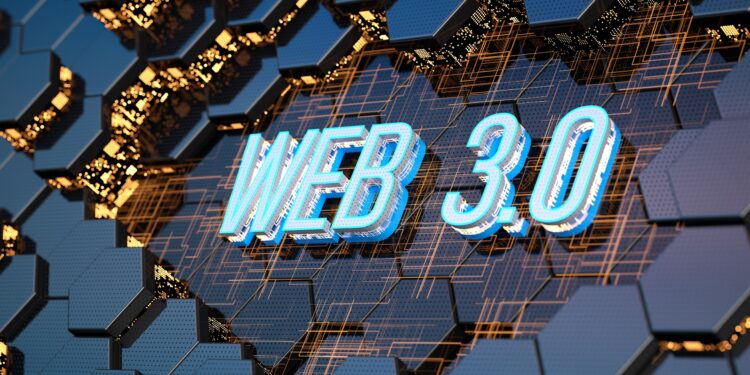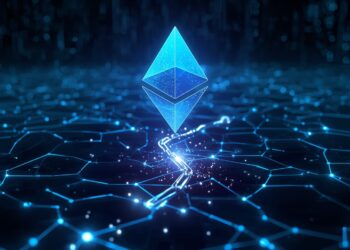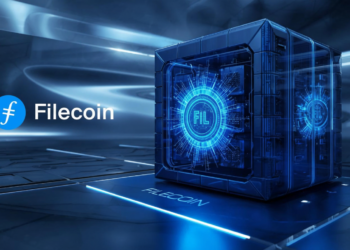The rise of Web3 signifies a new era of digital interaction. This shift has the potential to reshape everything from online communities to financial systems. Technologies like blockchain, decentralized applications, and NFTs are driving this transformation, offering users more control and security over their data. As we look ahead, seven key trends will define the future of Web3.
The Metaverse’s Continued Evolution
Immersive Experiences
The metaverse is set for explosive growth, with advancements in virtual reality (VR) and augmented reality (AR). The global metaverse market is expected to reach over $800 billion by 2024. These technologies allow users to engage in more immersive experiences, breaking the barriers of traditional online interactions.
Decentralized Metaverse Platforms
Finally, decentralized platforms are emerging as alternatives to conventional systems. They offer greater transparency and ownership for users. Examples like Decentraland and The Sandbox are leading this transition, allowing users to create, own, and profit from their virtual spaces.
The Metaverse Economy
The economic activities in the metaverse are diverse, encompassing NFTs, virtual real estate, and more. The NFT market alone has generated billions in sales, showcasing the value of digital assets. This new economy is reshaping how users engage and transact online.
The Rise of Decentralized Autonomous Organizations (DAOs)
DAO Governance Models
DAOs are revolutionizing organizational structures. They allow for community-driven governance, enabling stakeholders to vote on decisions. Successful DAOs like MakerDAO and Gitcoin illustrate how this model can work in practice.
DAO Funding Mechanisms
Funding for DAOs comes from various sources, including token sales and community contributions. These methods encourage participation and ensure sustainability. For instance, Gitcoin raises funds through quadratic funding, promoting projects based on community interest.
Challenges and Opportunities for DAOs
DAOs face obstacles, such as regulatory hurdles and decision-making efficiency. Experts suggest that developing clearer legal frameworks and better governance tools can help overcome these issues. Collaboration within the community is essential for improving DAO structures.
NFTs Beyond Collectibles: Utility and the Creator Economy
NFTs as Membership Passes
NFTs are evolving beyond collectibles, serving as access tokens for exclusive communities. Brands and communities are adopting this model to offer special privileges to holders, creating deeper engagement.
NFTs in Supply Chain Management
Companies are leveraging NFTs to enhance supply chain transparency. By tracking products on the blockchain, businesses can verify authenticity and origin, thereby building consumer trust.
NFTs and the Creator Economy
The potential of NFTs is empowering creators like never before. They can monetize their work directly without intermediaries. The NFT market has seen explosive growth, with transactions surpassing $10 billion in 2021, highlighting its importance for digital artists and content creators.
Blockchain Gaming: Play-to-Earn and Beyond
The Evolution of Play-to-Earn
Blockchain gaming is shifting from basic play-to-earn models to more engaging experiences. Players now enjoy complex gameplay, integrated economies, and rewards that enhance gameplay.
Blockchain Gaming Interoperability
Interconnectivity among blockchain games is expanding. Players can transfer assets between games, creating a unified gaming experience. This trend fosters community growth and user retention.
The Future of GameFi
GameFi encompasses finance and gaming, leading to innovative trends such as metaverse integration and social elements. As GameFi continues to grow, it will attract more users, driving further innovation in the gaming space.
Web3 Infrastructure Development
Layer-2 Scaling Solutions
Layer-2 solutions are crucial for enhancing transaction speeds and lowering costs. Platforms like Polygon are transforming the user experience by making transactions quicker and cheaper.
Improved Interoperability
Cross-chain protocols are making Web3 more accessible. They allow different blockchain networks to communicate, which is vital for expanding the user base and enhancing usability.
Decentralized Storage Solutions
Decentralized storage solutions like IPFS are essential for data security. They ensure that data is stored across multiple nodes, reducing the risk of data loss and censorship.
Web3 and Privacy
Decentralized Identity Solutions
Self-sovereign identity solutions give users greater control over their personal data. By managing their digital identities, users can enhance their security and privacy online.
Privacy-Preserving Computation
Techniques such as zero-knowledge proofs are gaining attention for their ability to preserve user privacy. These systems ensure that necessary information can be verified without exposing sensitive data.
Regulatory Landscape and Privacy Concerns
As regulations around data privacy evolve, Web3 will need to adapt. Balancing compliance with user privacy will present both challenges and opportunities for developers and users alike.
Conclusion
The future of Web3 is bright, showcasing trends that will redefine digital interactions. The metaverse, DAOs, NFTs, blockchain gaming, infrastructure development, and privacy enhancements are all integral to this transformation. Users and creators alike stand to benefit from these innovations.
To engage with Web3:
- Stay informed about new platforms and technologies.
- Explore NFT opportunities as a creator or collector.
- Join communities focused on decentralization and governance.
As Web3 continues to evolve, taking proactive steps will ensure you remain at the forefront of this digital revolution.

























